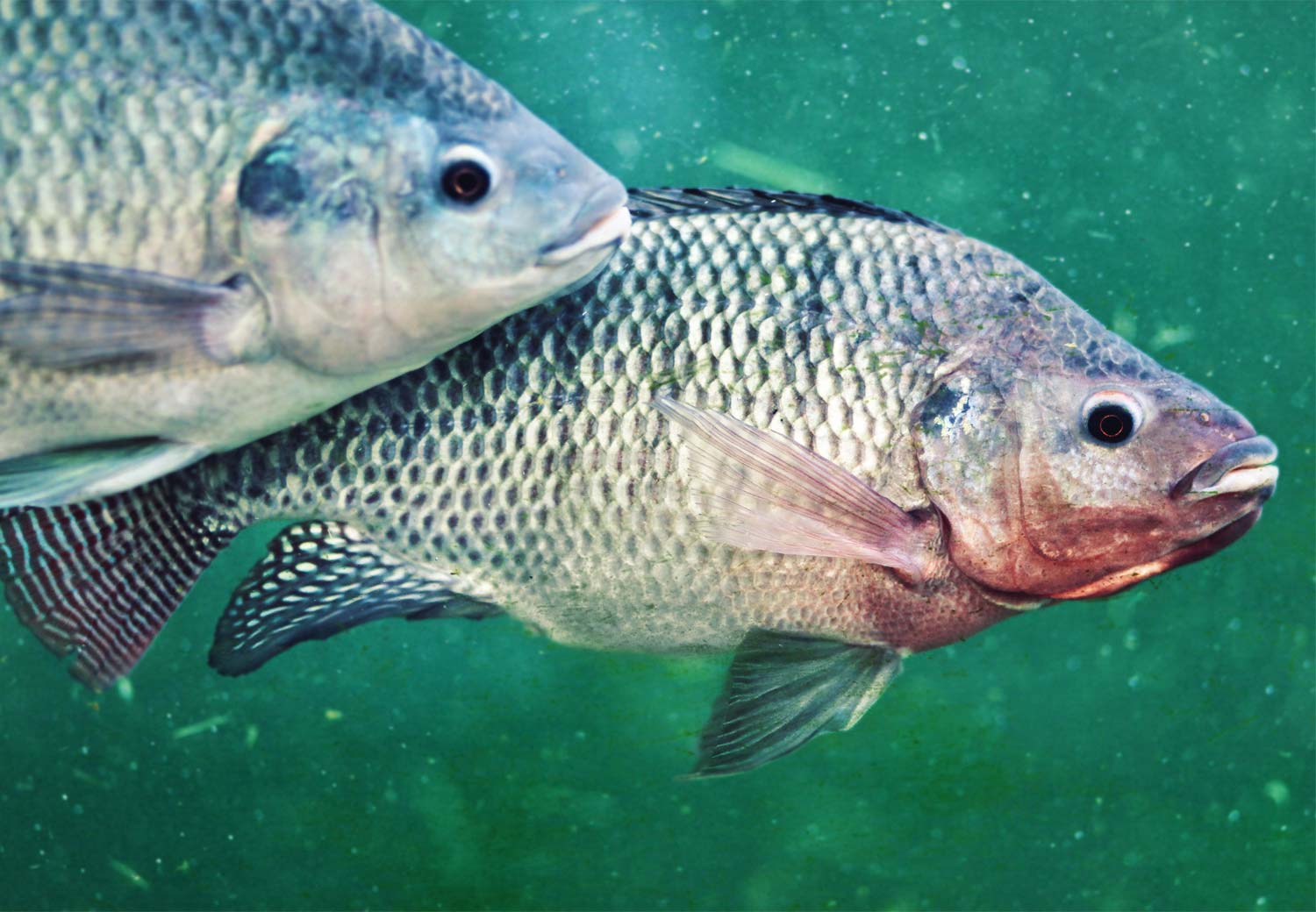Colombian Fish Producers Receive USSEC Virtual Support on Production Management
- Category:
- Aquaculture
- General News

USSEC focused on fish production as support to the Colombian market. This sector produces more than 130,000 metric tons (MT) annually, representing a good potential for the utilization of U.S. soy products. Due to the current global public health situation, USSEC offered technical virtual support and consultations for select key customers of SOLLA, an aqua feed mill and USSEC cooperator, discussing the customers’ aquaculture production practices as well as health and management issues in their operations.
More than 50 people attended this conference, which featured presentations by subject matter expert and USSEC consultant Dr. John Hargreaves, a renowned aquaculture consultant and water management and carrying capacity calculations specialist, as well as Jairo Amezquita, USSEC Aqua Program Manager – Americas.
Dr. Hargreaves provided technical virtual support to Solla customers who are tilapia and trout producers and utilize tanks and earthen ponds. The presentation broadly addressed sustainable production in these kinds of systems. Topics included a brief market summary; aquaculture production risks and how to manage them; improve technical efficiency; relationship between production intensity and economic performance; water quality and load capacity; and dissolved oxygen and solids removal. Before beginning the presentation, USSEC’s role in promoting the use of U.S. soybean meal in aquafeeds to help the nutrition of Colombia’s aqua industry was explained as well as the U.S. Soy Sustainability Assurance Protocol (SSAP). Discussions were held with technical representatives and the manager of the aquaculture portfolio of the Solla aquafeed company about increasing the inclusion rate of soybean meal or other soy products.
The main general recommendations shared include:
USSEC will continue supporting the sustainable growth of the aquaculture industry around the world as a source of animal protein production.

